City driving can be a hectic and dangerous experience. In order to make it through city streets safely, it’s essential to be aware of the habits that many city drivers fall into. Fortunately, there are some city driving habits that can help keep yourself and others as safe as possible on the road.

Is City Driving Safer than Highway Driving?
Before we talk about the different driving habits that will make you a safer driver, let’s answer this question – is city driving safer than highway driving? A lot of people seem to say yes, but cars in the city don’t drive as fast. When it comes to driving, there are several different factors to consider. For example, weather conditions, road conditions, and the type of vehicle you are driving all play a role in determining how safe your drive will be. However, one of the most important factors is the type of road you are driving.
City streets are typically much narrower than highways, and they are also usually more crowded. This can make it difficult to maneuver and increase the chances of an accident. In addition, city streets often have a lot of obstacles, such as parked cars and pedestrians, that can make it hard to see what’s ahead.
On the other hand, highways are typically broader and less crowded, making it easier to stay in your lane and avoid accidents. In addition, highways are generally well-lit and have few obstacles, making it easier to see what’s ahead. As a result, highway driving is usually considered safer than city driving.
 The Top 5 City Driving Habits You Should Know
The Top 5 City Driving Habits You Should Know
Now that we’ve answered the question, “Is city driving safer than highway driving?”, let’s talk about the different city driving habits that will make you a safer driver.
- Use Your Turn Signals. One of the most critical cities driving habits is to use your turn signals. This may seem like a no-brainer, but many drivers forget to do this. Use your turn signal when you’re turning, changing lanes, or pulling out of a parking space. This will let other drivers know what you’re doing.
- Obey The Speed Limit. Another essential city driving habit is to obey the speed limit. City streets are typically much narrower than highways, and they often have a lot of obstacles. As a result, it’s essential to slow down and be careful when driving in the city. The speed limit is there for a reason, so obey it.
- Watch For Pedestrians (and pets!). Another city driving habit that you should know is to watch for pedestrians. City streets are usually full of people walking, and it’s important to be aware of them. When you’re driving, keep an eye out for pedestrians and yield the right-of-way to them when necessary. You should also keep an eye out for dogs, cats, and other animals crossing the street.
- Don’t Drive Distracted. One of the most dangerous city-driving habits is driving distracted. This includes talking on the phone, texting, eating, and anything else that takes your attention away from the road. When you’re driving, it’s essential to be focused on the task at hand so you don’t end up in an accident.
- Know Your Route. Another city driving habit that will help you stay safe is knowing your route. Before driving, take a few minutes to map out your route. This way, you’ll know exactly where you’re going, and you won’t have to worry about getting lost. Also, keep a Plan B at all times because you might be met with an unforeseen circumstance that might require you to change routes.
By following these city driving habits, you can help ensure that you and those around you stay safe on the roads.
If you are interested in driving much safer within Atlanta or nearby cities, reach out to T3 Atlanta today. The expert team of mechanics behind T3 Atlanta specializes in providing maintenance services to Nissan, Infiniti, Lexus, and Toyota vehicles.
 5 Highway Driving Habits for Commuters
5 Highway Driving Habits for Commuters 5 Highway Driving Habits for Road Trips
5 Highway Driving Habits for Road Trips Wait, What Does Carbon Footprint Mean?
Wait, What Does Carbon Footprint Mean?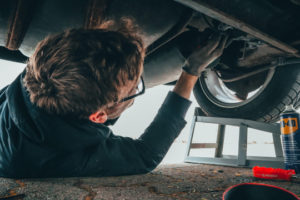 5 Ways To Reduce Your Car’s Carbon Footprint
5 Ways To Reduce Your Car’s Carbon Footprint When is it difficult to sell a car?
When is it difficult to sell a car?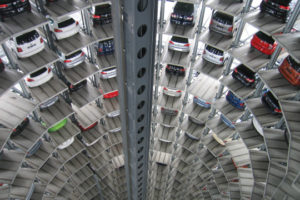 What can you do with a car you cannot sell?
What can you do with a car you cannot sell?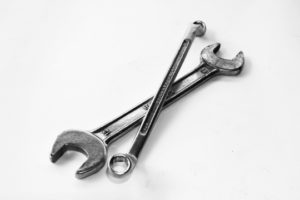 Red flags after a repair
Red flags after a repair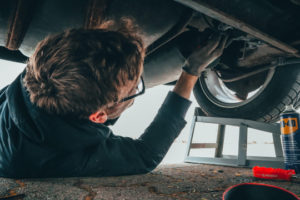 What to do if your car has problems after a repair
What to do if your car has problems after a repair What makes a car a lemon?
What makes a car a lemon?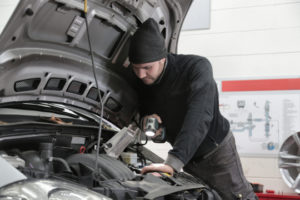 Pre-purchase car inspection
Pre-purchase car inspection 1. Check the previous owner’s service records
1. Check the previous owner’s service records 5. Have it inspected by someone reputable
5. Have it inspected by someone reputable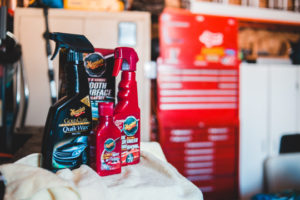
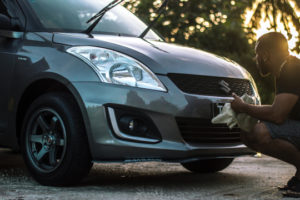 Synthetic wax
Synthetic wax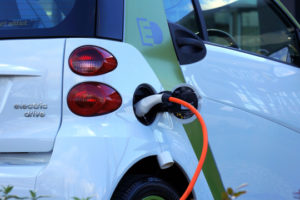 What are EVs or Electric Vehicles?
What are EVs or Electric Vehicles? What things should you prepare before taking a road trip in an EV?
What things should you prepare before taking a road trip in an EV? 1. Drop in tire pressure
1. Drop in tire pressure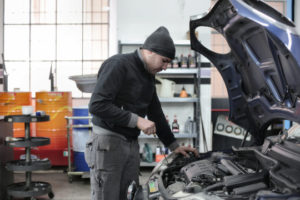 4. Faulty cooling systems
4. Faulty cooling systems







